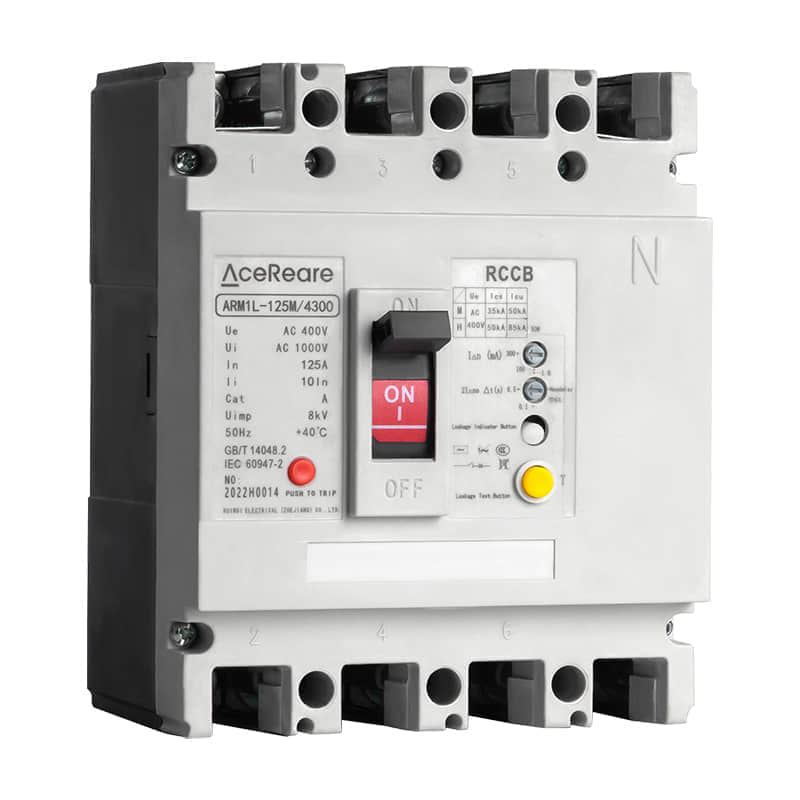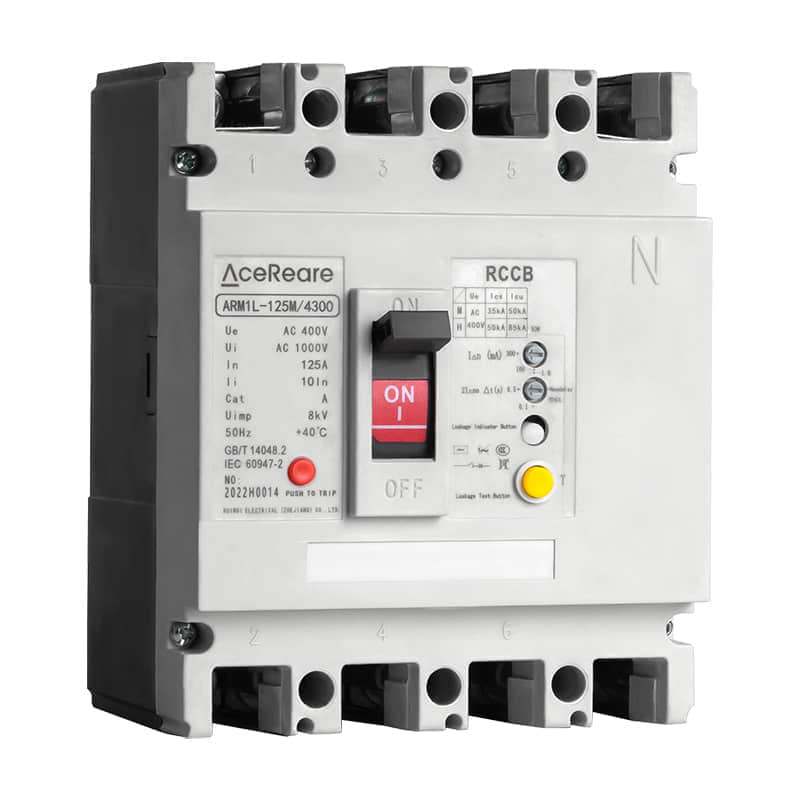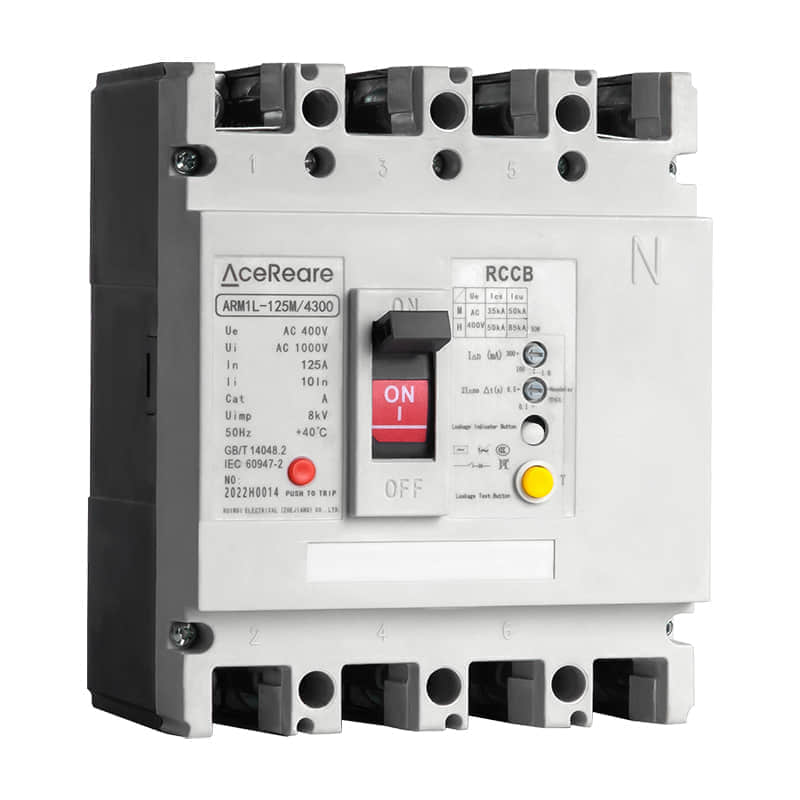Molded Case Circuit Breakers (MCCBs) are vital components in electrical distribution systems, serving as the first line of defense against electrical faults and overcurrent situations. However, in modern electrical systems, protection against not only overcurrent but also residual leakage currents is paramount. This is where the Molded Case Circuit Breaker with Residual Leakage Protection comes into play, offering enhanced safety and reliability in electrical installations.

Introduction

The traditional MCCB is designed to trip when excessive current flows through it, preventing damage to electrical equipment and reducing the risk of fires. While this function remains crucial, the MCCB with Residual Leakage Protection goes a step further by detecting and interrupting current imbalances that might occur due to insulation faults or accidental contact with live parts. Understanding Residual Leakage Current Residual Leakage Current, often referred to as Ground Fault Current, is the current that flows from an electrical circuit to the ground or another unintended path. This can happen when there is a fault in the insulation of electrical conductors or when a person inadvertently comes into contact with live wires. In such scenarios, conventional MCCBs might not provide adequate protection, as they primarily respond to overcurrent situations. How MCCBs with Residual Leakage Protection Work MCCBs with Residual Leakage Protection are equipped with additional components, such as ground fault circuit interrupters (GFCIs) and residual current devices (RCDs). These components constantly monitor the current balance in the circuit. If a discrepancy between the current flowing into the circuit and the current returning from it is detected, it indicates a leakage current, possibly due to a ground fault. When a ground fault is detected, the MCCB with Residual Leakage Protection rapidly opens the circuit, disconnecting the power supply and preventing potentially dangerous situations. This quick response significantly reduces the risk of electric shock and electrical fires, making it an invaluable safety feature in both residential and industrial settings. Applications and Benefits Residential Safety: In homes, MCCBs with Residual Leakage Protection are commonly used to safeguard against electrical faults that can endanger residents. These breakers are particularly important in wet areas like bathrooms and kitchens, where the risk of electrical shock is higher. Industrial Settings: In industrial environments, where electrical loads are often substantial, the MCCB with Residual Leakage Protection helps protect both equipment and personnel. It ensures uninterrupted operations by promptly addressing ground faults, minimizing costly downtime. Compliance: Many electrical codes and regulations now mandate the use of MCCBs with Residual Leakage Protection in specific applications. Adhering to these requirements is essential for ensuring the safety and compliance of electrical installations. Reduced Fire Hazard: By detecting and preventing ground faults, these breakers substantially reduce the risk of electrical fires, potentially saving lives and property. Peace of Mind: For homeowners and business owners alike, the presence of MCCBs with Residual Leakage Protection offers peace of mind, knowing that their electrical systems are equipped with an extra layer of safety. Conclusion The Molded Case Circuit Breaker with Residual Leakage Protection represents a significant advancement in electrical safety technology. It not only provides reliable overcurrent protection but also addresses the critical issue of residual leakage currents. As electrical systems become more complex and safety regulations become stricter, these breakers are increasingly indispensable. Whether in homes, offices, or industrial facilities, they play a crucial role in preventing accidents, protecting equipment, and ensuring the uninterrupted flow of electricity. In a world where safety is paramount, the MCCB with Residual Leakage Protection is a true champion.
